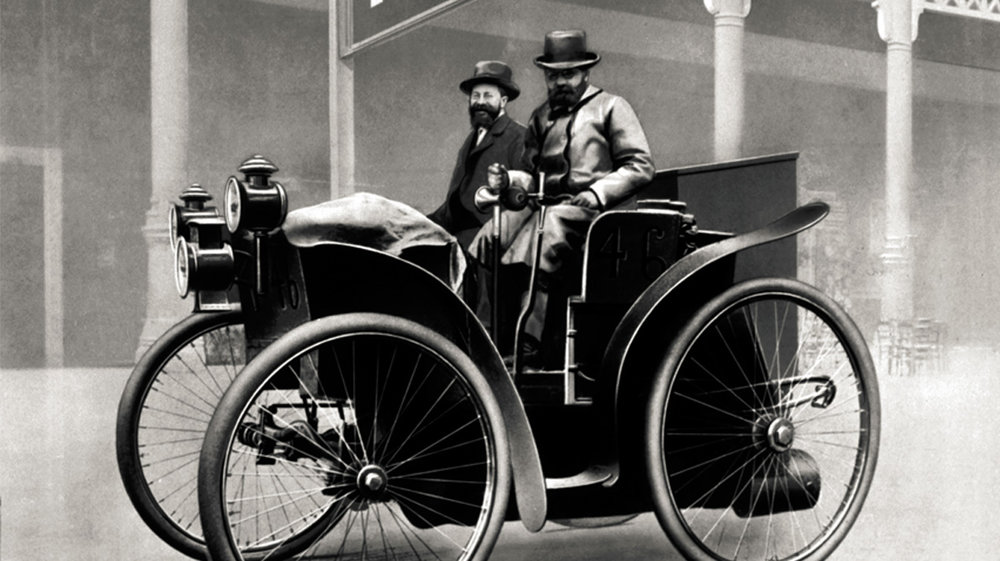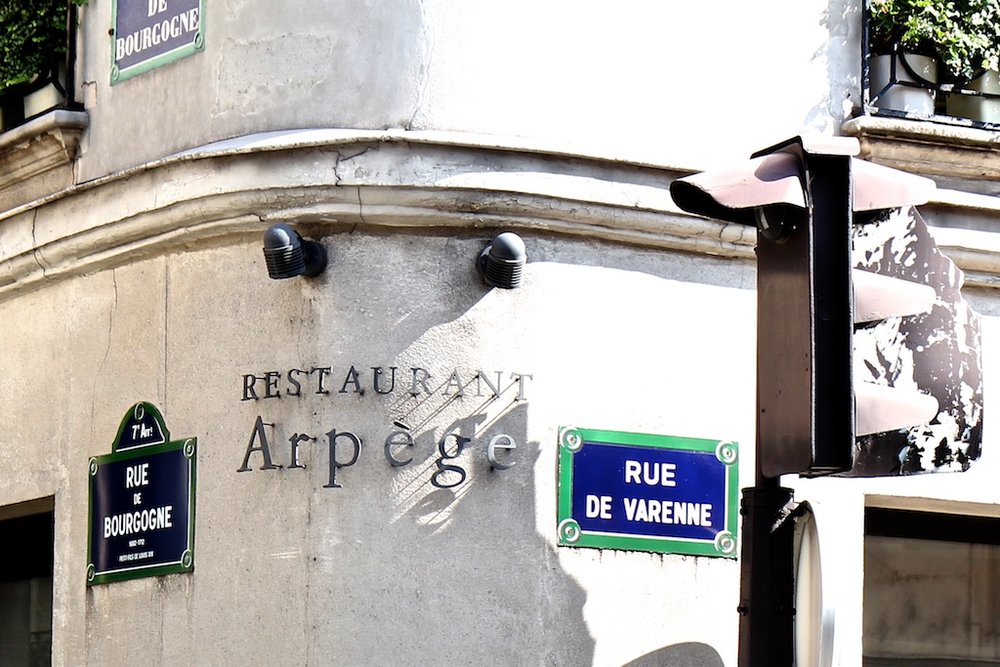The Michelin Man

What's funny is that when I started at K&L and heard all my colleagues talking about Michelin-starred restaurants, I thought they were talking about the same Michelin from those old tire commercials I saw when I was a kid. You know the one's right? With the giant white cartoon figure who looks like Mr. Stay-Puft from Ghostbusters, but made out of tires instead of marshmallows? What's even funnier, is that they were actually talking about that same Michelin! It's true. Unbeknownst to me for most of my life, the 125 year old French tire company began publishing a road guide for motorists in the year 1900 (hoping sales would inspire more people to buy cars and therefore tires). Brothers André and Édouard Michelin included maps, instructions of how to change a tire, a list of gas stations, and various other helpful tips for car owners at the time. They began with a guide to France at the turn of the century, and by the 1920s had created additional guides for the rest of Europe, including information about where to eat while out on the road. In 1926, the Michelin guides began awarding stars to help rank these eating establishments by tier, and by the 1930s they had added a list of criteria to distinguish between one and three star restaurants. Today, almost 100 years after their creation, Michelin stars continue to be the most prized and respected of all restaurant accolades.
What separates the Michelin guide's reviews from almost all other contemporaries in the food and wine industry is the dedication to maintaining strict anonymity. The identities of the reviewers are heavily guarded. The restaurants are never notified about the presence of a reviewer. Simply put, a Michelin guide critic cannot use their reviews to further their own agenda or career, while gaining name recognition from the publicity. It's exactly this adherence to morality and honest principles that distinguish a Michelin star rating from any other review in the business. Famed French chef Paul Bocuse supposedly once referred to the Michelin guide as the only review that matters. Simply getting mentioned in the Michelin guide—star or no star—is enough to put you on the map; both literally and figuratively. It's the benchmark for success in the hospitality business; an iconic stature recognized around the world.

Being someone who typically ignores most ratings—points, letter grades, and stars alike (especially when it comes to food)—I've never knowingly eaten at a Michelin-starred restaurant (despite the fact that I eat out practically every single night). I've most likely done so at one point or another, but I've never actually looked at the list of one, two, and three-starred options and chosen a restaurant based on that criteria. Until now, that is. I've decided to see if this whole Michelin system is legit (I'm sure it is, but I always like to experience things for myself) by shelling out for what is hopefully the meal of my life. I'm completely skipping over the two-starred selections, however, and going right to the top: three stars or bust. I've read a number of great reviews for Alain Passard's L'Arpege, considered by many to be one of the fifty best restaurants in the world, and seeing that it's in walking distance from my hotel I'm going to go all out—wine and everything.
Can this Modesto-born boy understand the world's finest haute cuisine? We'll see!
-David Driscoll
